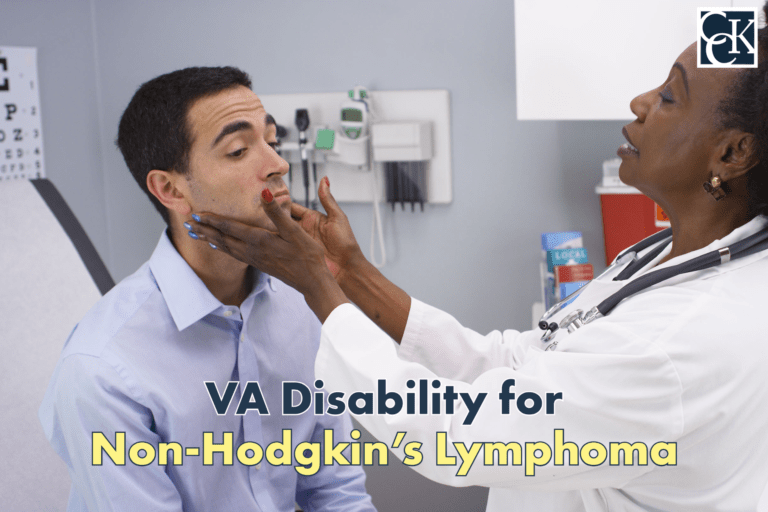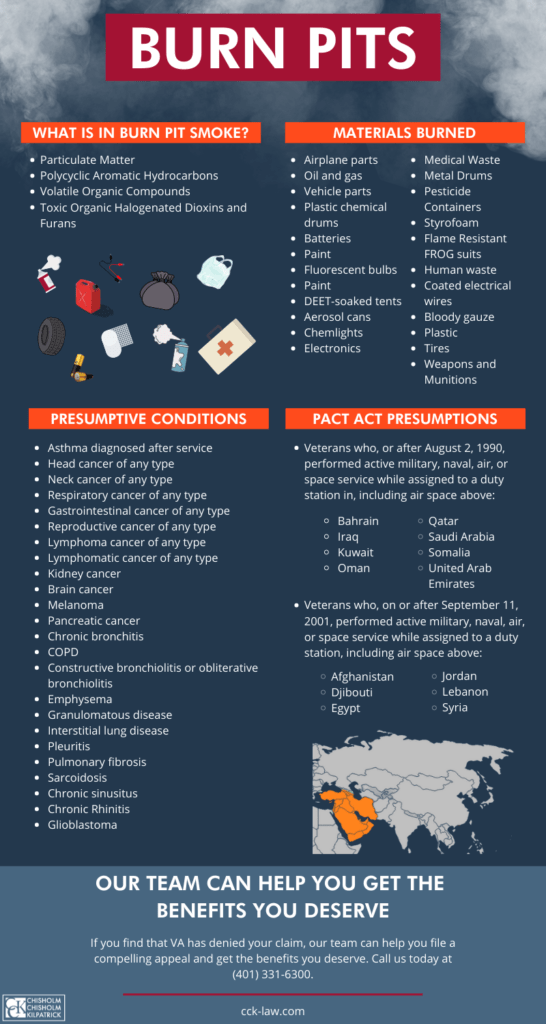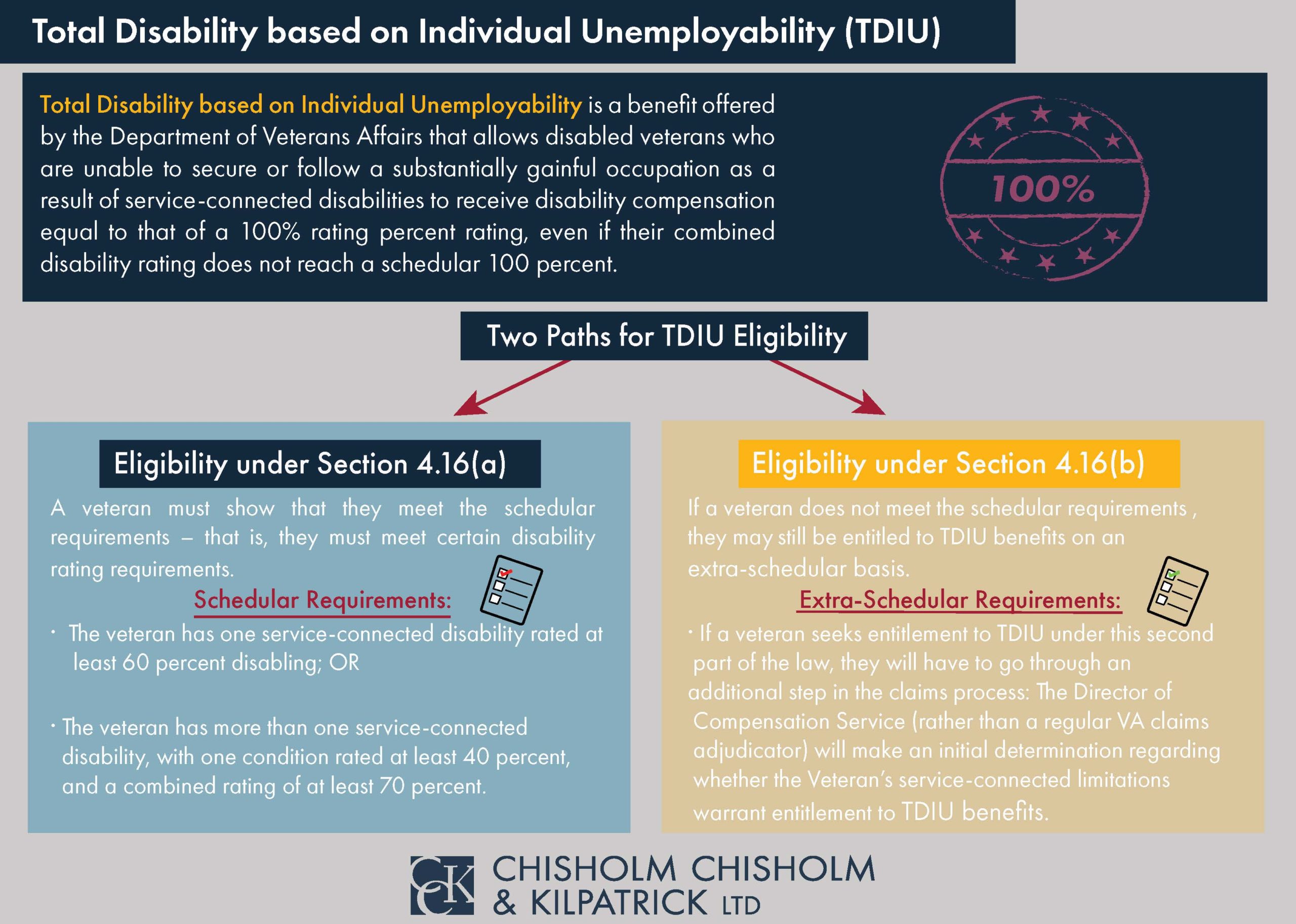VA Disability for Non-Hodgkin’s Lymphoma

CCK Law: Our Vital Role in Veterans Law
What is Non-Hodgkin’s Lymphoma?
Lymphomas are cancers which start in the white blood cells, or lymphocytes. There are two types of lymphocytes: B-cells and T-cells. B cells create proteins which are called antibodies that help protect against bacteria and viruses. T-cells destroy germs or abnormal cells in the body, as well as aid the activity of other immune cells. The type of lymphoma a person has can be categorized by whether the cancer starts in T-cells or B-cells.
Non-Hodgkin’s lymphoma is a type of cancer of the lymph glands and other lymphatic tissue, which are part of the body’s immune system that help to fight infection and disease. Specifically, lymphatic tissue is found in the lymph nodes, spleen, and other organs of the immune system. Many veterans seek VA disability benefits for their Non-Hodgkin’s lymphoma.
Types of Non-Hodgkin’s Lymphoma
Below are the types of Non-Hodgkin’s lymphoma. Some forms of this cancer begin in B-cells, while others in T-cells. The following list is not exhaustive, however.
B-Cell Non-Hodgkin’s Lymphomas
- Diffuse large B-cell lymphoma
- Follicular lymphoma
- Chronic lymphocytic leukemia
- Mantle cell lymphoma
- Marginal zone lymphomas
- Burkitt lymphoma
- Lymphoplasmacytic lymphoma
- Hairy cell leukemia
- Primary central nervous system lymphoma
- Primary intraocular lymphoma
T-Cell Non-Hodgkin’s Lymphomas
- T-lymphoblastic lymphoma/leukemia
- Peripheral T-cell lymphoma
- Cutaneous T-cell lymphomas
- Adult T-cell leukemia
- Angioimmunoblastic T-cell lymphoma
- Extranodal T-cell lymphoma
- Enteropathy-associated intestinal T-cell lymphoma
- Anaplastic large cell lymphoma
- Peripheral T-cell lymphoma
Diagnosing and Treating Non-Hodgkin’s Lymphoma
Often, a visit to a hematopathologist, or a doctor who specializes in the blood and cells of the body, is needed to diagnose Non-Hodgkin’s lymphoma. Usually, this will involve a physical examination, especially of areas where there may be swelling.
Additionally, a biopsy of a lymph node may be necessary to diagnose Non-Hodgkin’s lymphoma. The samples taken from the biopsy can be analyzed by a hematopathologist to determine if cancer cells are present.
There are multiple forms of treatment for Non-Hodgkin’s lymphoma. These include chemotherapy, immunotherapy, targeted therapy drugs, radiation therapy, stem cell transplants, or surgery. Ultimately, the form of Non-Hodgkin’s lymphoma a person has, and how severe it is, may determine the method of treatment that is best for them.
Service Connection for Non-Hodgkin’s Lymphoma
When filing a claim for VA disability for Non-Hodgkin’s lymphoma, the veteran will need to demonstrate a connection between their military service and their Non-Hodgkin’s lymphoma. The veteran will also need to submit a diagnosis. In total, the veteran will need to submit the following to VA:
- A diagnosis of Non-Hodgkin’s lymphoma;
- An in-service event, illness, or injury; and
- A nexus linking the veteran’s in-service occurrence with their Non-Hodgkin’s lymphoma.
To support the veteran’s claim for service connection, the veteran may submit lay evidence. Lay evidence, or lay statements, can be written by the veteran or anyone who knows the veteran and can speak to their condition. Importantly, lay evidence may also be submitted by fellow service members.
Presumptive Service Connection for Non-Hodgkin’s Lymphoma
Presumptive service connection removes the need for a veteran to provide a nexus between their in-service event and their current disability. This means that veterans do not need to submit evidence proving that their condition was caused by service, because the presumption provides the nexus. In some instances, veterans who were exposed to certain toxins and went on to develop Non-Hodgkin’s lymphoma may meet the qualifications for presumptive service connection.
Non-Hodgkin’s lymphoma has been linked several different forms of exposure, such as herbicide exposure and burn pit exposure, in veterans who served in varying locations and time periods. As such, some veterans may be eligible for presumptive service connection based on the type of toxic exposure they experienced.

Agent Orange Exposure Presumptions
One type of exposure that has been linked to lymphomas is exposure to Agent Orange. Agent Orange is one of several herbicides, or “rainbow herbicides,” that were used during the Vietnam War era. Specifically, Agent Orange was a mixture of two different kinds of highly toxic chemicals: 2, 4-D and 2, 4, 5-T. The highly toxic dioxin contaminant known as 2, 3, 7, 8-TCDD is a byproduct that is produced by Agent Orange. Exposure to Agent Orange was not limited Vietnam, however, as veterans came into contact with Agent Orange in other areas such as Thailand.
The Agent Orange Act of 1991 created a presumption of service connection for veterans who served in specific times and locations and have developed certain conditions due to their herbicide exposure. Then, in 2022, that Honoring Our Promise to Address Comprehensive Toxics Act (PACT Act) of 2021 expanded presumptions related to Agent Orange exposure to include additional locations and time periods. Specifically, veterans can be eligible to receive disability benefits on a presumptive basis if they had active military, naval, air, or space service in the following locations and time periods:
- The Republic of Vietnam from January 9, 1962 to May 7, 1975 (including Brown Water veterans and Blue Water veterans);
- Thailand, at any US or Thai base, from January 9, 1962 to June 30 1976, without regard to the Veteran’s MOS or where on base they were located;
- Laos from December 1, 1965 to September 30, 1969;
- Cambodia, specifically at Mimot or Krek, Kampong Cham Province from April 16, 1969 to April 30, 1969;
- Guam or American Samoa or in the territorial waters thereof from January 9, 1962 to July 30, 1980;
- Johnson Atoll or a ship that called at Johnston Atoll from January 1, 1972 to September 30, 1977;
- On or near the Korean demilitarized zone (DMZ) between September 1, 1967 and August 31, 1971;
- Active duty and reservist personnel who had regular contact with C-123 aircraft between 1969 and 1986.
Non-Hodgkin’s lymphoma is one of the conditions eligible for presumptive service connection. Essentially, this should make it easier for veterans to secure benefits, as they do not have to prove a medical nexus between their condition and their military service.
Burn Pit and Toxic Exposure Presumptions
Military burn pits are large areas of land in which the military and its contractors incinerated all waste generated by military bases, including materials such as plastic, rubber, petroleum, and human and medical waste. The United States military used burn pits as part of its waste disposal protocol in places such as Iraq and Afghanistan in the post-9/11 era, despite the massive amounts of toxic smoke they released into the air. Veterans have developed a range of health conditions, including cancers and respiratory issues, as a result of burn pit exposure.

In 2022, the PACT Act added 23 conditions to VA’s presumptive list for toxic exposure, lymphomas of any type. Now, “covered veterans” who developed Non-Hodgkin’s lymphoma at any point during or after military service can qualify for presumptive service connection.
A covered veteran is defined as the following:
- A veteran who, on or after August 2, 1990, performed active military, naval, air, or space service while assigned to a duty station in, including air space above:
- Bahrain
- Iraq
- Kuwait
- Oman
- Qatar
- Saudi Arabia
- Somalia
- United Arab Emirates
- A veteran who, on or after September 11, 2001, performed active military, naval, air, or space service, while assigned to a duty station, including the airspace above:
- Afghanistan
- Djibouti
- Egypt
- Jordan
- Lebanon
- Syria
Veterans who served in one of the above locations during a qualifying time period and who developed Non-Hodgkin’s lymphoma can qualify for presumptive service connection without needing to provide a nexus. This makes is significantly easier to secure VA disability compensation for their condition.
Compensation and Pension (C&P) Exams for Non-Hodgkin’s Lymphoma
If a veteran files a claim for Non-Hodgkin’s lymphoma, VA will likely request a Compensation and Pension exam, or C&P exam. To request an exam, VA may send the veteran a letter or call them. It is important to follow through with scheduling this exam, and to attend, otherwise VA could deny the veteran’s claim.
The exam will usually be performed by a VA physician or a VA contracted physician. Before the exam, the examiner will review the veteran’s c-file. This will contain any documentation that has previously been submitted to VA, as well as the veteran’s medical and service records.
The veteran may also use a DBQ, or Disability Benefits Questionnaire, to bolster their claim. A Disability Benefits Questionnaire is a form created by VA as a tool for veterans to address important aspects of their condition, such as symptoms, severity, possible causes, and relation to other disabilities. In claims for Non-Hodgkin’s lymphoma, DBQs can be helpful because a doctor who treats the veteran’s cancer can provide more detailed insight into the veteran’s condition. DBQs can be filled out by both VA and private doctors.
VA Ratings for Non-Hodgkin Lymphoma
Lymphomas are rated under 38 CFR § 4.117, which is the schedule of ratings for hemic and lymphatic systems. VA rates Non-Hodgkin’s lymphoma using Diagnostic Code 7115. A 100 percent disability rating is assigned when the disease is active or during a treatment phase. This rating continues for six months beyond the completion of any treatment, at which point the appropriate disability rating is then determined by a mandatory VA examination.
If there is no recurrence of the disease itself, veterans will be rated based on its residuals.

TDIU and Non-Hodgkin’s Lymphoma
If their condition prevents them from working, veterans may be able to seek additional VA disability benefits for their Non-Hodgkin’s lymphoma in the form of total disability based on individual unemployability, or TDIU. This benefit compensates veterans at the 100 percent rating level, even if their disability rating may be less than that.
There are generally two pathways to become eligible for TDIU:
- 38 CFR § 4.16a (“Schedular”) – For this form of TDIU, the veteran must have:
- One condition rated at minimum 60 percent; OR
- Two conditions that can be combined to reach 70 percent, where one condition is at minimum 40 percent
- 38 CFR § 4.16b (“Extraschedular”) – This form of TDIU is for veterans who may not be able to achieve the ratings necessary for schedular TDIU but are still unable to obtain substantially gainful employment on account of their conditions.
- In this instance, the veteran must prove that their condition uniquely hinders their ability to obtain substantially gainful employment and therefore should not be rated on the standard disability rating criteria.
Was Your VA Claim Denied?
The accredited advocates and attorneys at Chisholm Chisholm & Kilpatrick are national leaders in the field of Veterans’ Law, successfully representing veterans for decades before the Department of Veterans Affairs, the Court of Appeals for Veterans Claims, and the Federal Circuit. Let us put our experience in your corner. Contact us for a free consultation today at 800-544-9144.
About the Author
Share this Post

